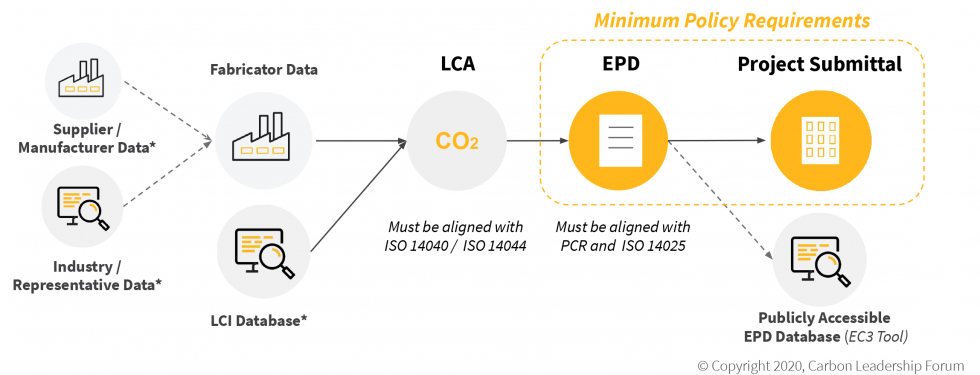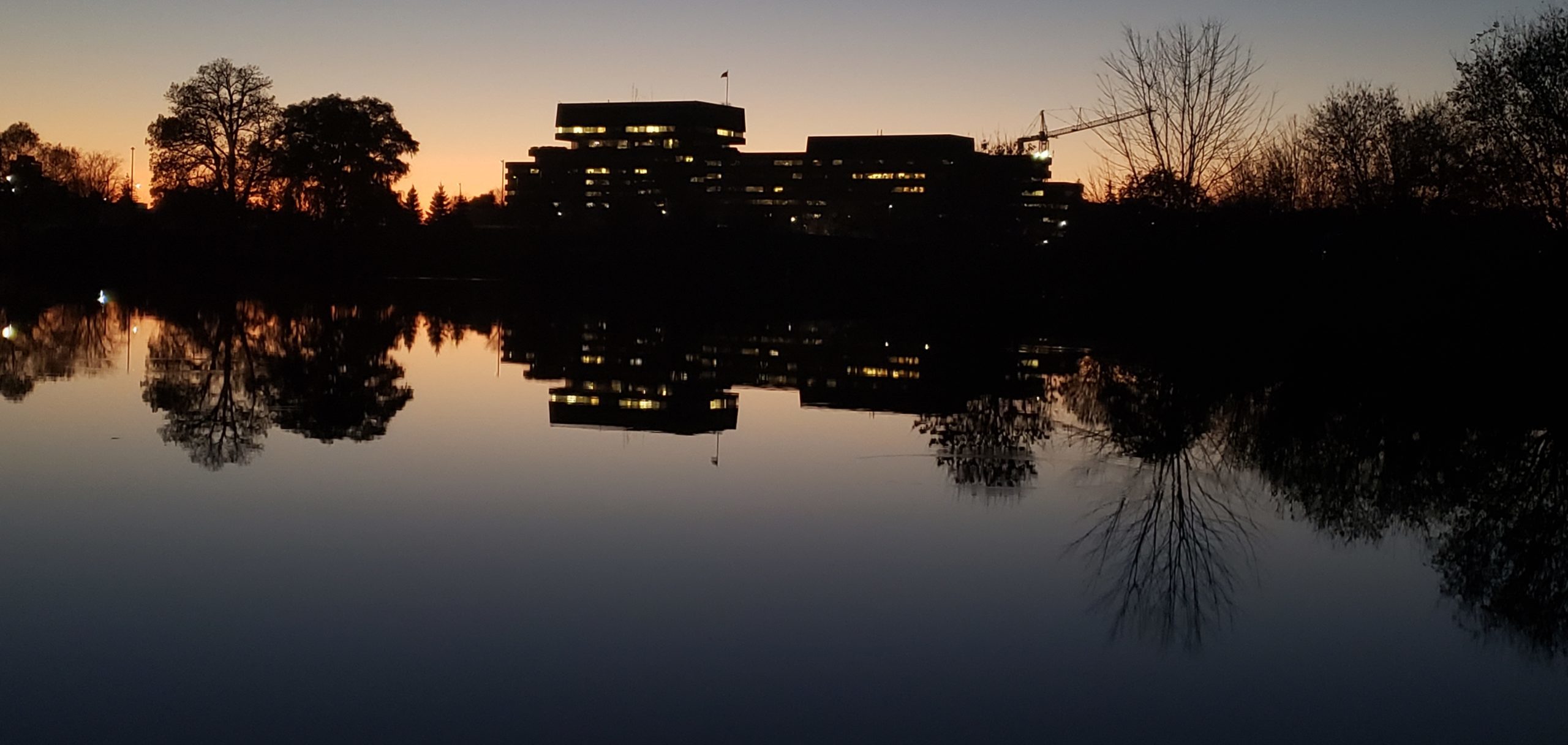The Carbon Leadership Forum (CLF) plays an essential role in the fight against climate change through pioneering research, creating resources, fostering cross-sector collaboration, and developing member-led projects to bring the embodied carbon emissions of buildings down to zero. Important initiatives include promoting climate action, creating sessions for continuing education on carbon policy, funding research projects centered on carbon reduction, and more. MTBA looks forwards to partnering with CLF in both present and future endeavours to establish a more sustainable and resilient built environment.
2021 Built Environment Summit
As part of efforts to promote climate action by governments CLF took part in the 2021 Built Environment Summit that was held prior to COP26. Hosted by the Royal Institute of British Architects (RIBA), with Architecture 2030 and Architects Declare, the summit was meant to affirm the action that the Building Industry is taking to work within the Paris Agreement’s 1.5 °C limit. And, to call on the world’s governments to provide the necessary support and legislation to accelerate systematic change in the building industry.
“The architecture profession cannot hide behind our clients nor wait for government. We must lead. The time has come for architects to add “activism” to our professional responsibilities.”
Farhana Yama, Environmental Lawyer and Climate Action Advocate, United Nations Climate Change.
However, speakers at the event argued that while other high emissions sectors, such as the automotive industry, have seen most major players set their own decarbonization targets, architecture practices are failing to take similar decisive action. Farhana Yama, a long-time climate action advocate and environmental lawyer, called upon architects to take responsibility for decarbonizing their buildings, stating that the “architecture profession cannot hide behind our clients nor wait for government. We must lead. The time has come for architects to add “activism” to our professional responsibilities.”
Embodied Carbon Education Series
The Embodied Carbon Policy Education Series is designed for CLF Regional Hubs to assist when hosting educational virtual or in person events on embodied carbon policy types. The series acts as a way to explore core embodied carbon policy concepts and frameworks, introduce case studies from existing policies, and instigate conservations about unique regional or local policy context for each Hub. Topics include climate action plans, procurement policies, building codes, zoning and city incentive programs, and building reuse and deconstruction. The sessions also count towards OAA’s Continuing Education Program, which now includes the mandatory requirement for a minimum of 2 learning hours of accredited focus on Climate Action.

Building as Solutions: Exploring Potential for Carbon-Storage
The CLF at the University of Washington has recently completed a four-month research project with a major US tech company to understand the potential of using low-carbon and carbon-storing materials in new construction. The project focused on carbon-intensive hotspot materials in light industrial buildings, and found sizable reduction (up to 60%!), in embodied carbon is possible in 2-3 years by using readily available low-carbon materials.
We can convert buildings from an existential climate threat (emissions source) to a significant climate solution (emissions sink) by using biogenic materials that store carbon and reduce emissions during the production of construction materials. Emissions sinks are crucial to achieving decarbonization by 2030 because carbon has a time value; the impact of photosynthetic drawdown exerts the most impact at the beginning of the building process.
– Julie Kriegh, Chris Magwood, Wil Srubar

